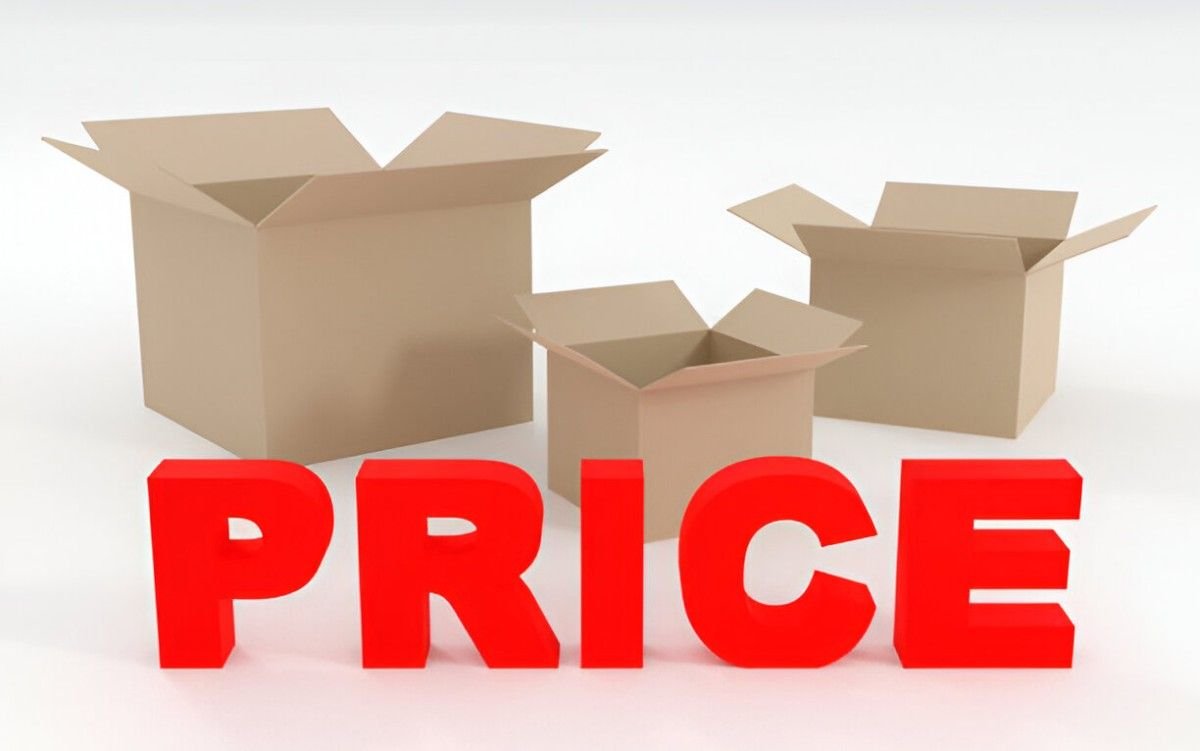Freight-absorption pricing is a strategic pricing method where a seller or manufacturer includes the cost of shipping (freight) into the selling price of a product rather than charging it separately. In this approach, the seller absorbs the freight costs instead of passing them directly onto the buyer. This can be advantageous in competitive markets where offering a single, inclusive price simplifies the purchasing decision for customers.
Table of Contents
Key Aspects of Freight-Absorption Pricing
- Inclusive Pricing Strategy:
- Freight-absorption pricing integrates shipping costs into the product’s selling price.
- The seller does not itemize freight charges separately on the invoice but instead presents a total price that includes both product and shipping costs.
- Market Competitiveness:
- This pricing strategy is particularly effective in competitive markets where customers compare total costs among suppliers.
- By presenting an all-inclusive price, sellers may attract customers who prefer transparency and simplicity in pricing.
- Cost Management:
- Sellers must carefully calculate freight costs and incorporate them into the product’s price structure.
- Effective cost management ensures that absorbed freight costs do not erode profit margins significantly.
Examples of Freight-Absorption Pricing
Example 1: Online Retail
An online retailer of electronics implements freight-absorption pricing for its products. Instead of displaying separate shipping costs at checkout, the retailer includes shipping expenses into the product prices listed on its website. For instance, if a laptop costs $500 with $20 estimated shipping, the retailer lists the laptop at $520 with free shipping. This approach simplifies the buying process for customers and may attract more sales compared to competitors who charge additional shipping fees.
Example 2: Manufacturing Industry
A manufacturer of furniture uses freight-absorption pricing for distributing its products nationwide. Rather than quoting different prices based on varying shipping distances, the manufacturer sets a uniform product price that includes all shipping costs. This strategy helps the manufacturer maintain consistent pricing across different regions and enhances customer satisfaction by providing clarity in pricing.
Advantages of Freight-Absorption Pricing
Customer Attraction
- Transparency: Customers appreciate straightforward pricing without hidden costs.
- Convenience: Simplifies purchasing decisions by offering inclusive prices.
Competitive Edge
- Market Positioning: Differentiates the seller by offering perceived value through inclusive pricing.
- Customer Loyalty: Builds trust and loyalty among customers who prefer transparent pricing practices.
Challenges of Freight-Absorption Pricing
Cost Considerations
- Profit Margin Impact: Absorbing freight costs may reduce profit margins if not carefully managed.
- Variable Costs: Fluctuations in shipping rates or distance can affect cost calculations.
Pricing Strategy
- Competitive Pressures: Competitors may use different pricing strategies, impacting perceived value.
- Market Perception: Mispricing or miscalculation of absorbed costs can lead to financial losses.
Conclusion
Freight-absorption pricing is a strategic approach used by sellers to simplify pricing for customers by incorporating shipping costs into the product’s selling price. This method enhances transparency, simplifies purchasing decisions, and can contribute to competitive advantage in the marketplace. While it requires careful cost management and consideration of market dynamics, freight-absorption pricing offers benefits such as customer attraction, market differentiation, and improved customer satisfaction. Businesses adopting this strategy should analyze cost implications and market responses to effectively leverage the advantages of inclusive pricing in competitive environments. Understanding freight-absorption pricing enables businesses to optimize pricing strategies and enhance overall market performance.





